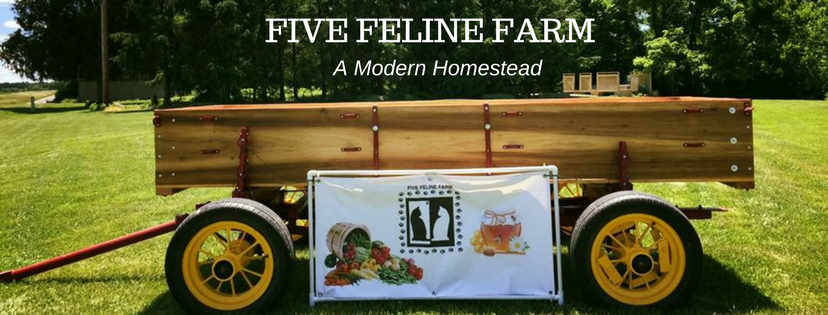Do you think about what you are throwing away?
Many things destined for the trash can have a new life with a bit of ingenuity, stepping back to look with “fresh eyes” and figuring out how to repurpose items. Granted, there is a fine line between hoarding and saving things that can be reused. Finding this balance is part of the art of practicing “re-use”.
I tend to keep a fair amount of random parts stored in the barn; cut off pieces of plywood, dimensional lumber, paneling, ends of corrugated tin, screws, hooks, bolts, nuts, washers, you name it. At one time we had an inexpensive, plastic covered greenhouse with wire shelves and lightweight aluminum rod frame. After a few seasons, the plastic covering was full of holes, but the shelves and frame tubes were stored until I found a need. These came in handy as props to hold up shade cloth, frost cloth, and bird netting over a strawberry patch.
When boxes from beehives became damaged, I cleaned them up to make shelving units. Turned on the side, arranged in a pyramid, then nailed together made a unique bookshelf. The more narrow honey supers stacked and secured together serve as a rack for movies and music CD’s. I even wrote about this reuse years ago for a Mother Earth News blog post. Old hive parts have also served as market displays, bird feeders and planters for potato boxes. I found out the hard way, a bit of hardware cloth stapled across the bottom of these boxes when used for planting potatoes helps keep the voles from taking just one bite from the underside of each and every potato.
Recently, I scavenged enough random lumber, screws and other used parts out of the barn storage to build a small ramp. I don’t always use things for their original intended purpose either. Lengths of PVC pipe have been used as a banner frame, then later as a prop to keep a lid on a cold frame open.
My favorite example of reuse is when we took the old cedar boards out of the garden beds and transformed them into a unique wall covering for the Mercantile. It creates a weathered look that is reminescent of an old country store. There was a considerable amount of labor involved in cleaning, cutting, fitting and installing the boards, but the cost savings and sustainability of the practice made it worthwhile.

So here’s the challenge: when something appears to have outlived it’s usefulness, consider any other possible use before you throw it out. Maybe even save some of the parts for later. Think creatively and save yourself some money by making an old item new again.
